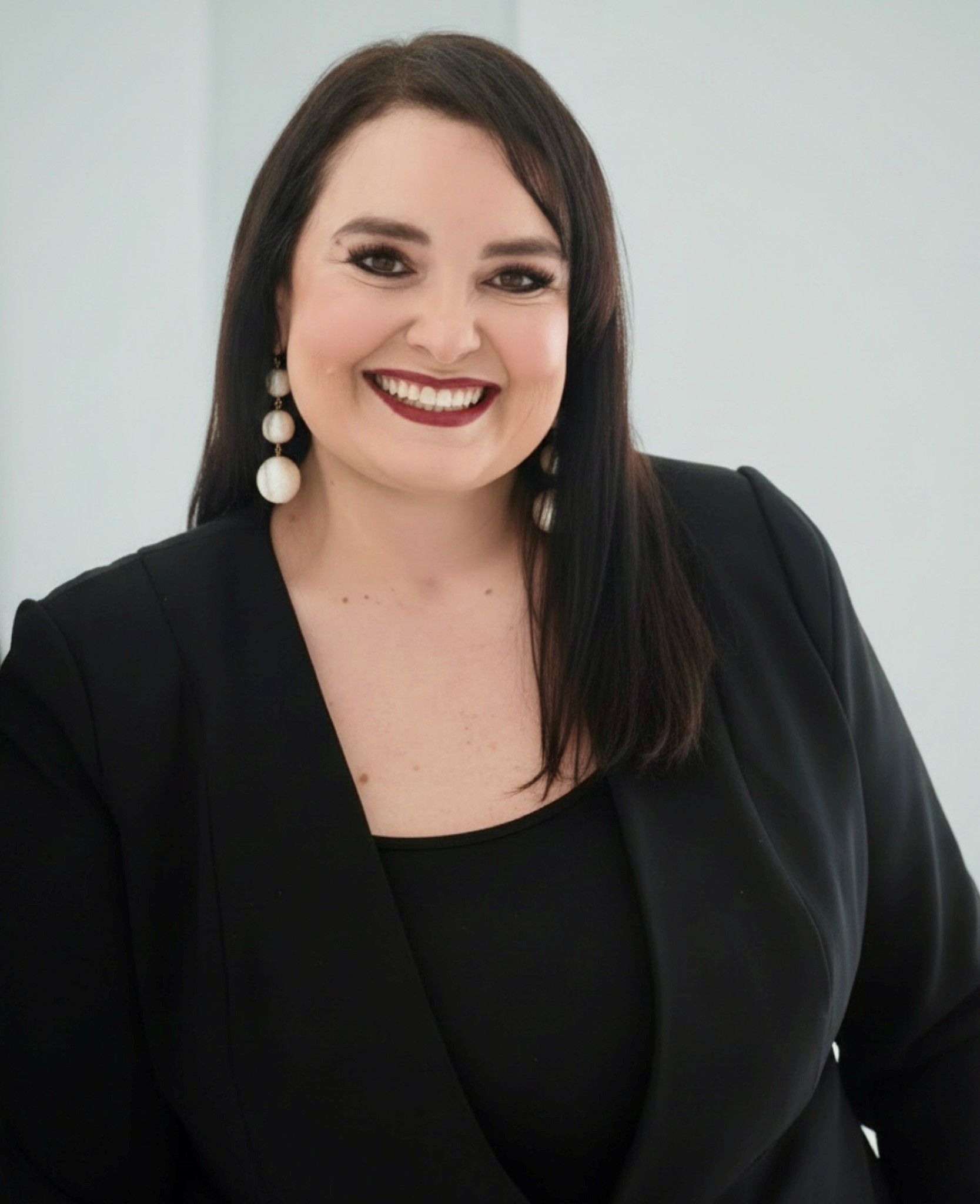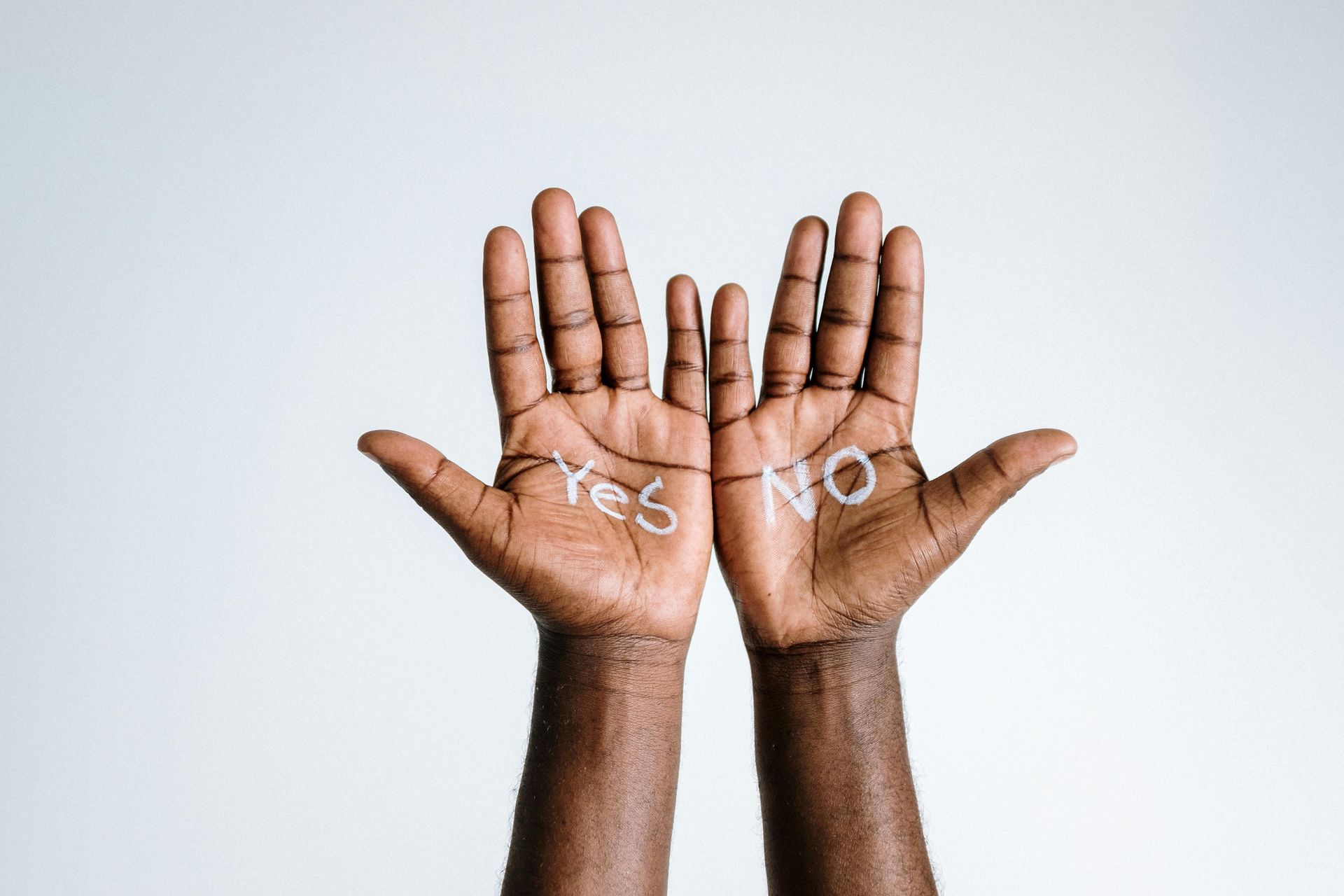Houston Intellectual Property Attorneys
Let Wilson Whitaker Rynell help protect your intellectual property.
Houston Intellectual Property Attorneys
Safeguarding intellectual property rights is important in encouraging creativity and innovation. Your intellectual property is a valuable asset that should be protected to strengthen your competitive advantage in the marketplace.
What is Intellectual Property?
Intellectual property, or IP, encompasses innovations, artistic expressions, brand identities, and proprietary information created by individuals and/or entities. Its significance lies in providing creators and innovators with exclusive rights to their work, granted through patents, copyrights, trademarks, and trade secrets. By establishing ownership and control over intangible assets, IP rights not only incentivize innovation but also foster a competitive environment which encourages economic growth and sustained development.
The Six Types of Intellectual Property
There are generally six categories of intellectual property that innovations, creations, and inventions fall into: patents, copyrights, trademarks, trade secrets, trade names, and trade dress.
Patents: these protect inventions and innovations, granting the holder exclusive rights to make, use, and sell the invention.
Copyrights: these safeguard original literary, artistic, musical, and other creative works, provided the creator with exclusive rights to reproduce, distribute, and perform the work.
Trademarks: these protect brand names, logos, slogans, and other identifiers used in commerce, ensuring consumer can identify and distinguish products or services from different sources.
Tradename: these protect a business's name or trade identity from unauthorized use by others in commerce so that a business can operate under its chosen name without confusion or unfair competition form similar entities.
Trade dress: these protect the visual appearance and overall image of a product or service, including its packaging, design, layout, and other elements that contribute to its distinctive look and feel and aims to prevent consumer confusion and unfair competition by prohibiting others from imitating the appearance of a product or service in a manner that could mislead consumers into believing it originates from a different source.
How to Protect Your Intellectual Property
There are numerous ways, depending on the type of intellectual property, to protect your IP.
Identify and Document Your IP: Start by identifying what intellectual property you have, whether it's an invention, creative work, brand name, or trade secret. Document these creations with detailed records, including dates of creation and any relevant documentation like sketches, drafts, or prototypes.
Utilize Legal Protections: Depending on the type of IP, consider obtaining formal legal protections such as patents for inventions, copyrights for creative works, trademarks for brand names and logos, and trade secret protection for confidential business information.
Register Your IP: If applicable, register your intellectual property with the relevant government authorities. This is generally done through the United States Patent and Trademark Office. This provides official recognition and legal rights that can be enforced in case of infringement.
Enforce Your Rights: Monitor the marketplace for any unauthorized use or infringement of your intellectual property. Take prompt action to enforce your rights through cease-and-desist letters, negotiation, or legal action if necessary.
Use Contracts and Agreements: Implement contracts and agreements, such as non-disclosure agreements and licensing agreements, to clearly outline the terms of use by another of your intellectual property.
Educate and Train Employees: Ensure that your employees understand the importance of intellectual property protection and train them on best practices for safeguarding sensitive information and respecting IP rights.
Secure Your Physical and Digital Assets: Implement security measures to protect physical assets such as prototypes, as well as digital assets like computer files and online content, from theft or unauthorized access.
Stay Informed and Adapt: Stay up-to-date on changes in intellectual property laws and regulations that may affect your rights. Continuously assess and adapt your IP protection strategies to address new threats and/ or opportunities.
By taking proactive steps to protect your intellectual property, you can safeguard your innovations, creativity, and competitive advantage in the marketplace.
Wilson Whitaker Rynell: Leading the Industry in Intellectual Property Protection
As a premier intellectual property law firm in Houston, our experienced team specializes in intellectual property protection and holds extensive knowledge in all areas of the industry.
CLIENT MATTERS
5,000+
YEARS OF SERVICE
25+
Award Winning
Recognized in the legal industry as dedicated board-certified lawyers and Rising Stars.
Expert Team
Your project will be handled by legal experts every time. You will have the most experienced attorneys working for you.











